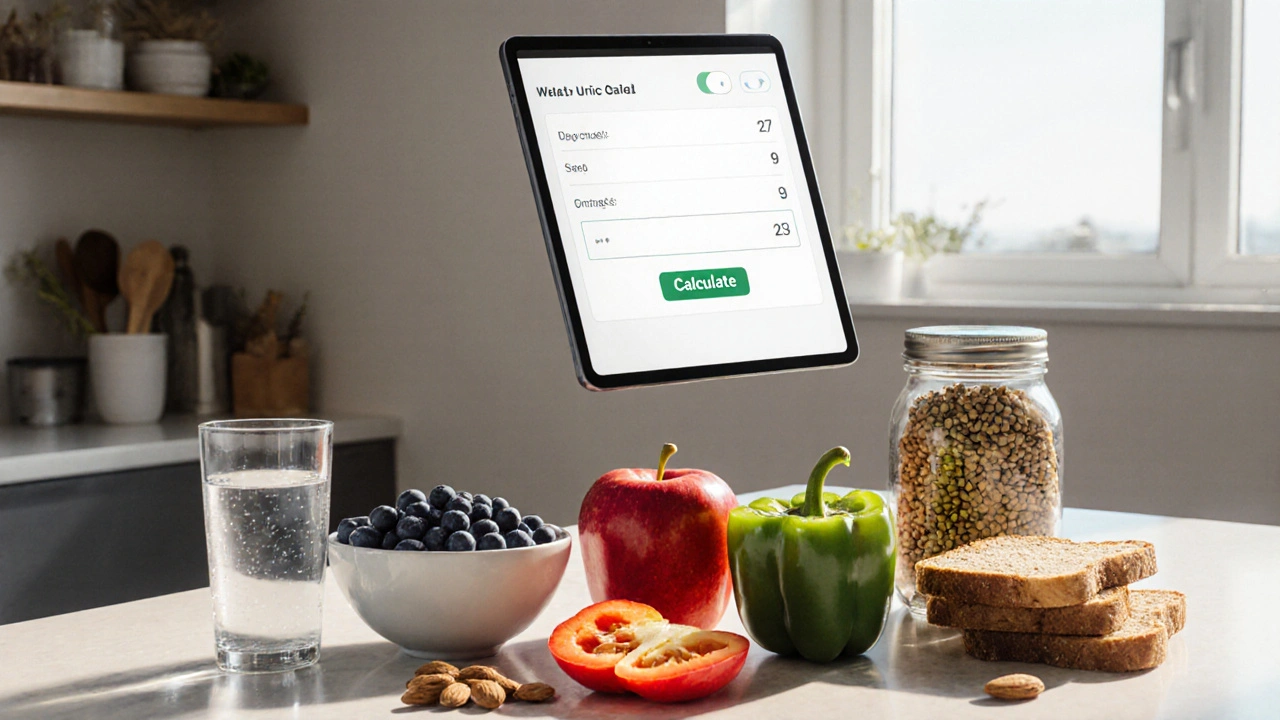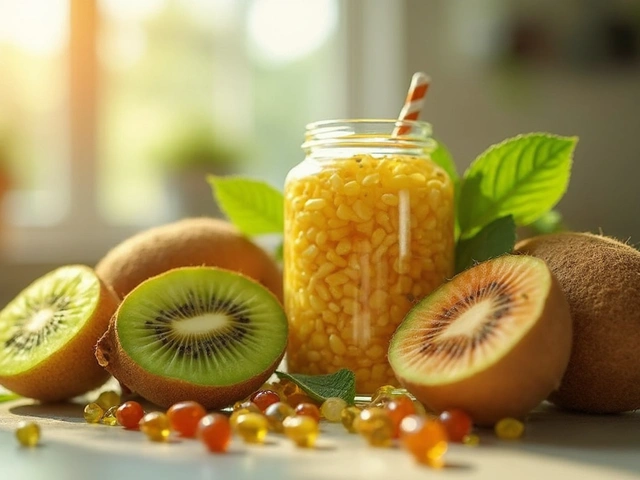Plant-Based Diet: Simple Guide for Beginners
If you’ve heard the buzz about plant‑based eating and wonder where to begin, you’re in the right place. A plant‑based diet isn’t a strict rulebook; it’s simply choosing more foods that grow from the earth and fewer animal products. That small shift can boost energy, support heart health, and even help the planet. Let’s break down the basics so you can start feeling the benefits without over‑complicating things.
Why Try a Plant‑Based Diet?
First off, the health upside is hard to ignore. Studies show that people who eat more vegetables, fruits, beans, and whole grains often have lower cholesterol, steadier blood sugar, and healthier weight. Those results come from the fiber, vitamins, and antioxidants that plant foods pack in. You’ll also notice better digestion – fiber keeps things moving smoothly.
Beyond personal health, a plant‑based approach eases the strain on the environment. Growing plants generally uses less water and land than raising livestock. So every veggie plate you put together is a tiny vote for a cleaner planet.
Getting Started: Practical Steps
Jumping straight into a fully vegan menu can feel overwhelming. Instead, try a gradual switch. Replace one meal a day with a plant‑focused option. Breakfast is a good starter – think oat‑milk smoothies, whole‑grain toast with avocado, or a tofu scramble. Those meals give you protein and keep you full without the heaviness of meat.
Next, stock your pantry with basics: beans, lentils, quinoa, canned tomatoes, and frozen veggies. These ingredients are cheap, versatile, and last long. When you have them on hand, throwing together a quick stir‑fry or a hearty soup takes minutes.Don’t forget protein. Many people worry about getting enough, but a cup of cooked beans or a handful of nuts provides the same protein as a small piece of chicken. Mix beans with rice, add nuts to salads, and sprinkle seeds on yogurt for a protein boost.
Flavor matters, too. Herbs, spices, citrus, and a splash of soy or tamari sauce can turn simple veggies into a tasty dish. Experiment with cuisines that already rely on plant foods – Mexican (think black‑bean tacos), Indian (dal and chickpea curries), or Mediterranean (hummus and roasted vegetables).
Finally, listen to your body. If you feel sluggish, add more whole grains or a bit more healthy fat from avocado or olive oil. If you’re hungry between meals, reach for fruit, raw veggies with hummus, or a small handful of nuts.
Remember, the goal isn’t perfection; it’s progress. Even a few plant‑based meals each week add up to better health and a greener footprint. Keep it simple, stay curious, and enjoy the variety that plants bring to your plate.
How a Plant-Based Diet Lowers High Uric Acid and Prevents Gout
By Lindsey Smith On 1 Oct, 2025 Comments (10)

Discover how a plant‑based diet can lower high uric acid, reduce gout attacks, and improve kidney function with practical food tips, a 7‑day menu, and FAQs.
View More




